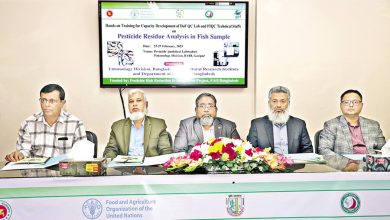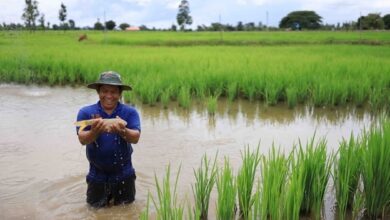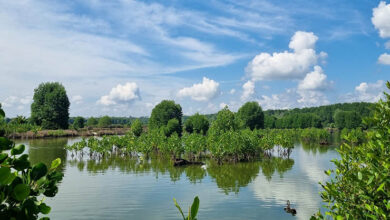Bangladesh struggles to tap deep sea fishing potential in the Bay of Bengal

Despite possessing a vast exclusive economic zone inside the Bay of Bengal, Bangladesh solely utilizes marine resources from four zones that span 24,000 square kilometers. Hence, tuna and similar pelagic fish caught at depths of 200 meters remain elusive.
The Marine Fisheries Association states that Bangladesh’s economic zone in the Bay of Bengal is around 119 thousand square kilometers or almost the same as the country’s land area ( which is roughly around 148,000 square kilometers). But beyond the study’s scope, the majority of the marine area remains undiscovered.
Currently, fish are caught in four deep water regions: South Patches, South of South Patches, Middle Ground, and Swatch of No Ground. The distance between the shoreline and these offshore locations is around 100 km. It takes around 18 hours to get to these locations from the coastal zone.
According to a study, Bangladesh’s fishing zone is confined to 40-60 meters of depth due to a lack of proper fishing gear and smaller fishing vessels.
In the fiscal year 2020–21, around 231 of the 262 industrial fishing trawlers were in operation, according to the Fisheries Department Annual Report 2020–21. In addition to this, traditional fishing in the Bay of Bengal was carried out by 67,669 artisanal and automated boats.
Mechanized boats transporting ice cubes frequently fish at a contour depth of 40 meters for seven to nine days.
The industrial trawlers however can go a little bit deeper than that, but not as deep to catch open ocean high-value fishes(pelagic tuna/Scombridae, mackerel, Indian salmon/Polynemidae, etc. Despite being available in deeper waters, these species are therefore, rarely seen in Bangladeshi fish catches.
So, why can’t Bangladesh engage in deep-sea fishing?
Deep-sea fishing necessitates a larger initial expenditure as well as periodic costs. Hence, deep-sea fishing is often more costly than coastal trawling.
The increasing expense of fishing, along with scattered and overlapping resources, inhibits fishermen from participating in this activity.
According to Nurul Qayyum Khan, president of the Bangladesh Marine Fisheries Association, despite the government’s permission for private companies to harvest tuna fish in two phases, no firms have applied as a result of a lack of understanding.
A large portion of the deep water remains undiscovered simply because of a lack of sophisticated ships, he claimed.
However, the Department of Fisheries aims to acquire two ships from China for BDT 240 million. It intends to catch tuna with a longline. This experimental endeavor will continue with a crew of 30.
The project was originally scheduled to run from July 2020 to December 2023, however, it was recently extended to June 2025, an additional 18 months.
According to the Department of Fisheries, the Indian Ocean Tuna Commission regulates tuna fishing in the region. Bangladesh joined the commission on April 24, 2018, as one of its 30 member countries. India, the Maldives, Indonesia, Pakistan, and other nations bordering Bangladesh capture tuna on a regular basis in both domestic and international waters.
In order to capture tuna and other deep-sea pelagic species from the Bay of Bengal, it is necessary to venture into the deep waters in close proximity to Bangladesh’s exclusive economic zone.
In this situation, the government has to swiftly implement new financial initiatives to encourage private companies to take on the challenges of deep-sea fishing.
Jaber Bin Abdul Bari
Department of Oceanography, NSTU




